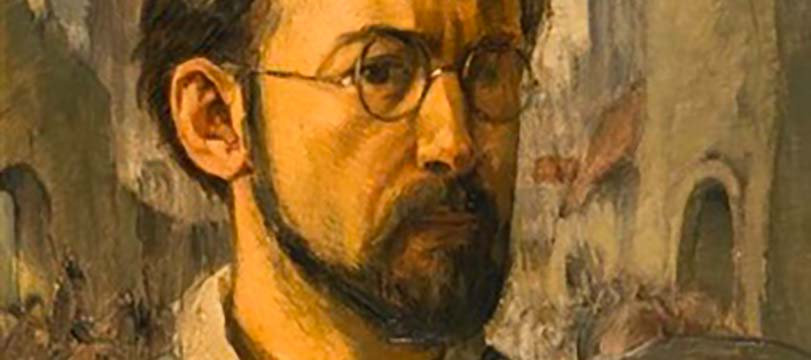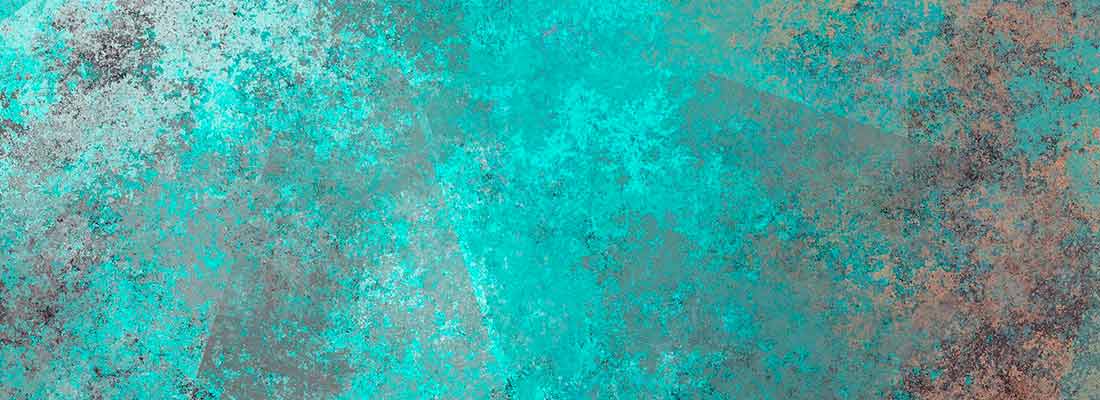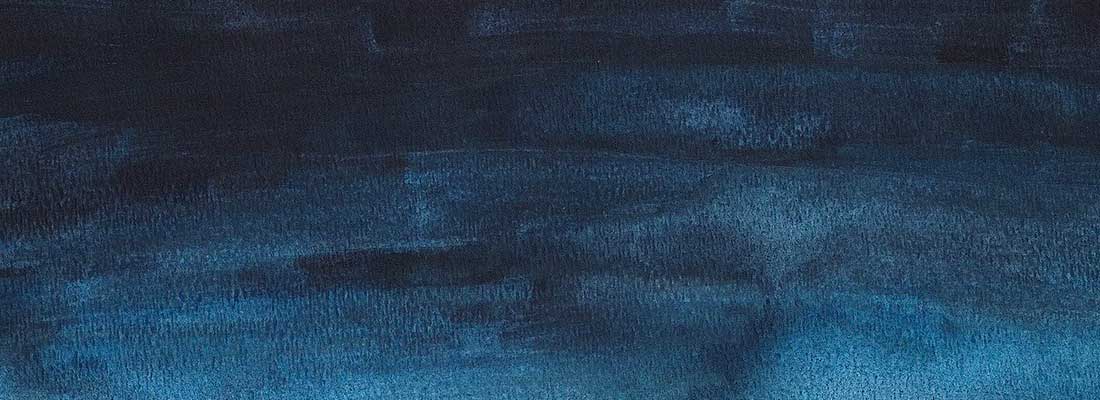
04:03 -
© Luc Lafnet
Did you know that Napoleon was short sighted and wore glasses? You probably did not and that’s because he’s not wearing them in any paintings. To understand the place of glasses in art is to understand the relationship that our forebears had with this accessory, one that has become more than a simple necessity: a real piece of fashion used to show off one’s style.
Our ancestors had no less trouble with sight than we do today but very few paintings show them wearing glasses. A solution to this puzzle was suggested by Michael Pasco in his book L’histoire des lunettes vue par les peintres (The history of glasses as seen by painters). In Europe, wearing glasses was seen almost as embarrassing, so much so that Napoleon I always took great care not to be seen wearing them in public and Louis VVI, despite being completely short sighted, refused to wear them point blank. His scatter-brained, clumsy character that made him such a laughing stock amongst his detractors was in part due to this short-sightedness, isolating him from the rest of the world somewhat. Michael Pasco explains that in the 18th Century, there was even a French saying ‘hello glasses, goodbye girls’, showing exactly what our ancestors thought of glasses. So it’s unsurprising that these men didn’t want to be painted wearing them. In Spain, however, it was the complete opposite. Right from the 16th Century, glasses were a sign of nobility or fortune, due to the sheer price of the accessory.

© JL G, pixabay
The first glasses in history, called besicles, appeared around 1280 in Northern Italy, made without arms with two lenses attached by a central axis. The first paintings showing people wearing glasses date to 1352, as Michael Pasco explains in his book, a time when painters sought to perfectly imitate nature. The only paintings that date between the 14th and 16th Centuries that depict glasses are a precious source of information to help understand the evolution of this accessory as their depiction is meticulous. Thanks to these painters’ precision, it is possible to know the shape of the these first glasses and to know exactly how they were used.

© Rosa Palma, pixabay
If the cliché of glasses being a sign of intelligence is still all too present in pop culture, it can be explained by the accessory’s history. The price tag of this new invention, besicles, meant that only the richest could afford them. Those who wore them every day were often those who were thought of as intellectuals (scientists, writers, clergymen and philosophers), and were able to read and write to a late age. Throughout several centuries, glasses were linked with intellect as they were seen only on those with knowledge. For painters, glasses therefore became a way to show intellect in their subject. It’s why some painters even painted their famous subjects as wearing glasses when they couldn’t possibly have because glasses did not exist at the time they lived.
* Michael Pasco, L’histoire des lunettes vue par les peintres, Paris, Boubée, 1995, 123p.